Biological Chip
Tightly combine microelectronics technology with life sciences
Classic Classification
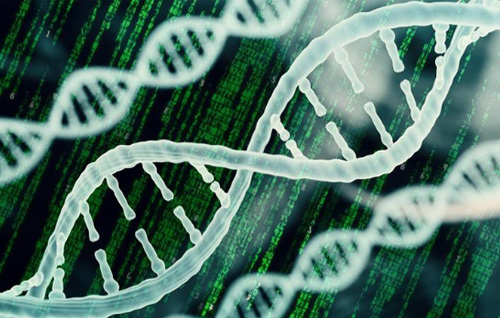
Genechip
Genechip: also known as DNA chip or DNA microarray, is made by immobilizing cDNA or oligonucleotides on a microcarrier in a microarray.
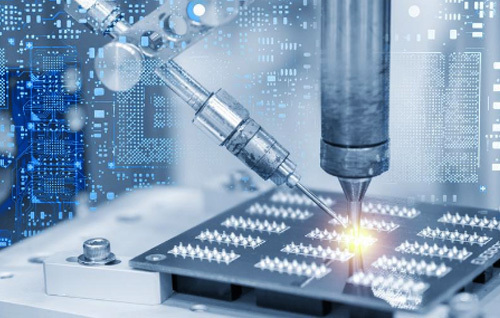
Proteinchip
Proteinchip (proteinchip or protein microarray): is a protein or antigen and other non-nucleic acid life material is fixed on a microcarrier in a microarray manner to obtain. The probe composition of the chip is protein or the chip object is protein is collectively called protein chip.
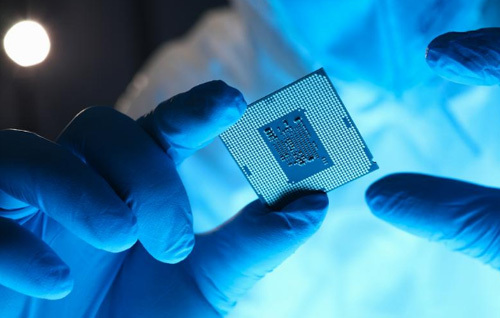
Cellchip
Cellchip: Cells are immobilized on a carrier in a specific way to detect interactions between cells.
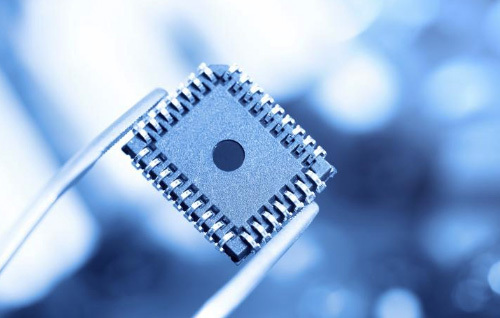
Tissuechip
Tissuechip: Tissue slices are fixed on a carrier in a specific way and are used to study differences in tissue composition such as immunohistochemistry.
Product Advantages
The advantage of fully automatic analysis of required biological items is that the cost is very low. It can have multiple detection items at the same time, and the speed is very fast. It can produce several results in 3-5 minutes, which is equivalent to a micro biological laboratory. Compared with the current traditional method, it is more efficient.
Traditional detection and analysis technology
30 minutes - 6 hours
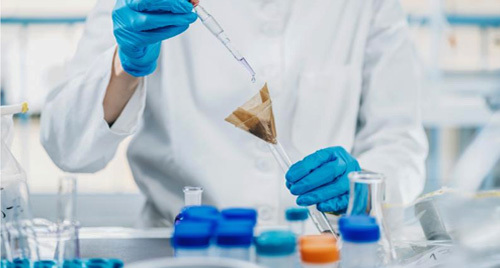
Biochip analysis technology
3-5 minutes
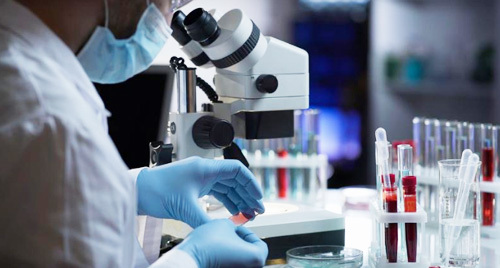
Application Scenario
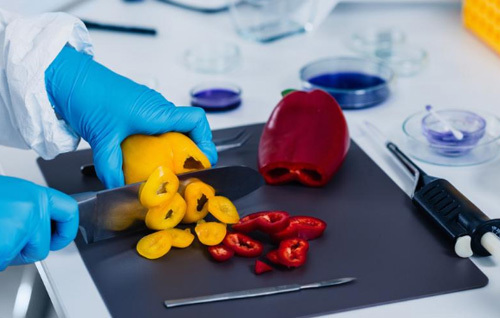
Food safety field
Pesticide residues in food, microorganism, heavy metal detection, pathogen detection in food, food-borne virus detection, genetically modified food detection.

Biomedical field
Such as in vitro diagnostic POT devices, smart wearable devices, etc., with biochips, can detect nucleic acids, i.e., used to test DNA, can also detect biomarkers of various diseases, detection of ions in the blood, calcium ions, sodium ions PH value, and even four or five indicators of cardiac enzymes can be tested at the same time.
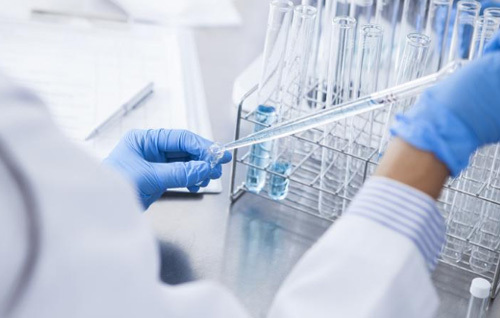
Biopharmaceutical field
The use of gene chip technology can greatly accelerate the work of the Human Genome Project, which can be used for gene sequencing, gene expression detection and new genetic markers, which is important for finding new functional genes, finding new drug targets and developing new genetic drugs. In order to pass human safety experiments during the experimental phase of new drugs, it is necessary to observe the effects of drugs on human gene expression. Since it is not known which gene the drug acts on, all or a certain range of known gene expression needs to be tested, and this task can be accomplished quickly and accurately by using gene chip technology.

In eugenics
There are more than 600 genetic diseases known to be genetically related. In disease diagnosis: Since most of the diseases are related to genes, and often to multiple genes, DNA microarrays can be used to find the correlation between genes and diseases, so that corresponding drugs can be developed and new treatments can be proposed.

In disease diagnosis
Since most diseases are related to genes, and often to multiple genes, DNA microarrays can be used to find the correlation between genes and diseases, so that corresponding drugs can be developed and new treatments can be proposed.

In transplantation
Genotyping in organ transplantation, tissue transplantation, and cell transplantation, such as HLA typing.

Diagnosis of pathogens
Identification of bacteria and viruses, identification of drug resistance genes, etc.
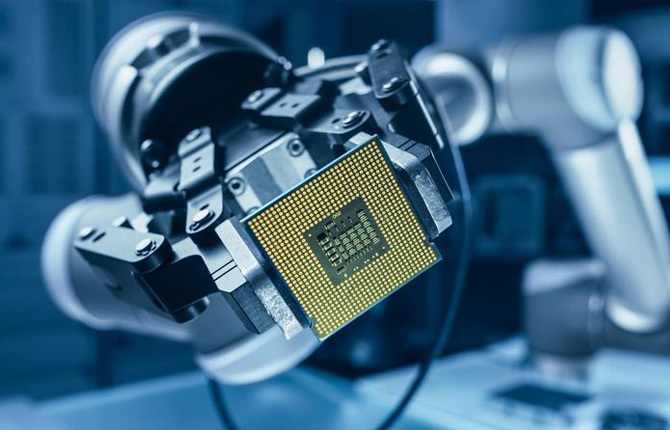
Classic Classification
Biochip technology, widely applied to health assessment, clinical diagnosis, individualized diagnosis and treatment, life science research, drug development, molecular breeding, food safety, judicial identification and other fields, especially in the path of guiding human health and exploring the unknown of life, a large number of biochip products and services for birth defect prevention and control, clinical diagnosis, elderly chronic disease management, etc. have brought great economic and social benefits to the country and the people.











